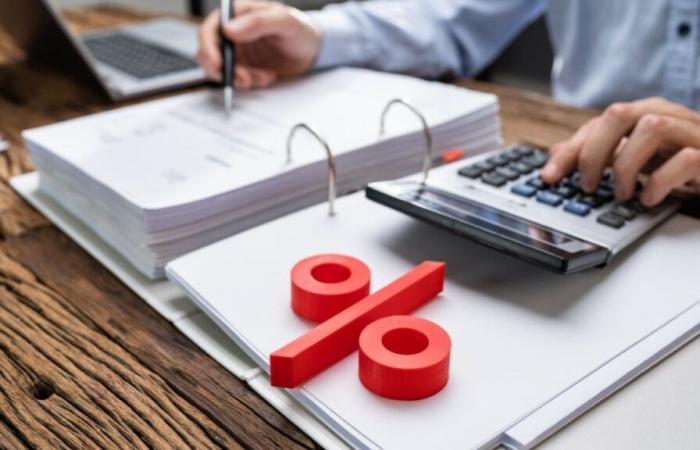From 2025, self-employed people will have to adapt to significant changes concerning turnover ceilings and VAT thresholds. These adjustments will have a significant impact on the tax and social security regime of many entrepreneurs. Here is a detailed analysis of these changes and the implications for micro-entrepreneurs.
New turnover ceilings in 2025
Depending on the activity carried out, the annual turnover ceilings are revised. These thresholds determine eligibility for the self-employed scheme:
- 188 700 € : Purchase/resale activities, on-site sales and accommodation services (BIC), with the exception of non-tourist furnished rentals.
- 77 700 € : Commercial/artisanal services (BIC) and liberal activities (BNC).
These amounts include all gross receipts collected over a calendar year. An excess over two consecutive years leads to exit from the regime on January 1 of the following year.
Consequences if exceeded
- Tax and Social Regime
- Transition to the simplified or normal real tax regime.
- Calculation of social contributions based on income from the previous year (N-1).
- Application of strengthened accounting requirements, including maintaining a balance sheet.
- Organization of the Activity
- A review of the economic model is often necessary to manage new administrative and fiscal constraints.
- Professional Insurance
- A higher turnover requires the adaptation of insurance contracts, depending on the additional risks incurred.
VAT-based franchise thresholds: What changes in 2025?
The self-employed VAT exemption allows you not to charge this tax. In 2025, the new thresholds will be as follows:
- 85 000 € for purchase/resale and similar activities (compared to €91,900 in 2024).
- 37 500 € for the provision of services and liberal activities (compared to €36,800 in 2024).
An increased threshold, known as tolerance, applies before actual VAT liability:
- 93 500 € for purchase/resale (compared to €101,000 in 2024).
- 41 250 € for the provision of services (compared to €39,100 in 2024).
VAT Accountability: The Key Steps
As soon as the tolerance threshold is exceeded:
- Obligation to request a VAT number via the professional space on impots.gouv.fr.
- Updating invoices : Deletion of the mention “VAT not applicable, article 293 B of the CGI”.
- Declaration and payment of collected VATmonthly or annually depending on the plan chosen.
If the excess remains one-off (year N), the excess can be maintained. On the other hand, a recurring excess over two years (N and N+1) results in VAT liability from January 1 of year N+2.
Adapting in the event of loss of self-employed status
- Optimization of Accounting Management
- Calling on an accountant can be essential to ensure a smooth transition to a real regime.
- Price Adjustment and Customer Relations
- The integration of VAT into prices requires a clear strategy in order to preserve competitiveness.
- Rethink your Economic Model
- This transition can become an opportunity for diversification, for example by offering new services or expanding the target clientele.
The turnover and VAT ceilings constitute essential benchmarks for self-employed people. In 2025, these revised thresholds imply rigorous anticipation to avoid additional administrative and fiscal constraints. Adapting your activity at the first signs of overrun is a necessity to preserve the viability of the micro-entrepreneur status and remain competitive in a constantly evolving environment.
Our site is media approved by Google News.
Add Media24.fr to your favorites list so you don't miss any news!
Join us in one click







